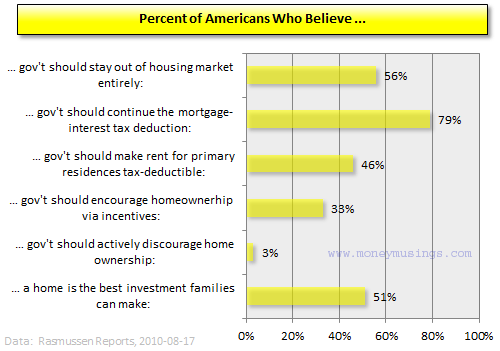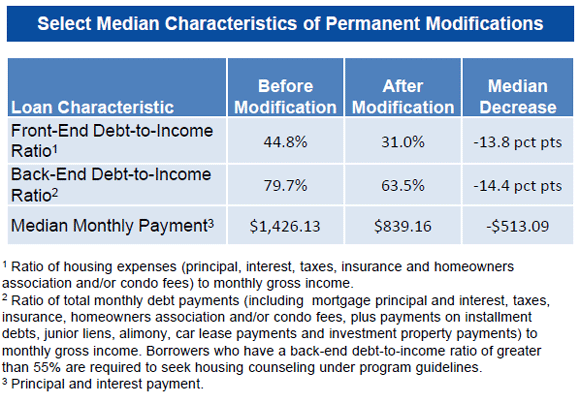A couple of weeks back, I spent some time thumping on How to Get What You Want in Life With the Money You Already Have, a book written by Carol Keeffe in the early 1990s. While not a literary prize by any stretch, the book deserves some credit: It did get me started in the world of personal-finance reading.
One of Keeffe’s particularly egregious recommendations — and this is just kerfuffle waiting to happen — is for folks to make minimum payments on all their bills and credit cards until they’ve saved up six months’ worth of salary as an emergency fund. To me, such a plan would almost guarantee failure. How many folks do you know with the financial (and disciplinary) ability to pull that off?
Not many, is my guess.
I much prefer Dave Ramsey’s Baby Steps plan, and its suggestion to make “minimum payments only” until one saves $1,000 (or $500, if you’re a low-income household) … and THEN to attack the debts full-force and head-on.
However, as I was finger-flipping through How to Get What You Want a little more, I managed to find a few paragraphs that stood out — in a good way! Actually, I found this to be quite insightful, and a bit Suze-Orman-esque:
For most of us there are two things that would make a big difference in the quality of our lives: (1) having the deeply satisfying feeling of knowing we’re directing money toward making our dreams come true, and (2) having the secure feeling of knowing money is available for today’s emergencies as well as tomorrow’s needs.
Well, I’m not so sure about the “making dreams come true” part, but I’ll vouch for the utter goodness of financial security. Having money available for emergencies changes everything. Life looks far different when you’re ready for the speedbumps and potholes.
Keeffe continues:
If you were thinking that eliminating a bill would make a significant difference in the quality of your life, watch out. It’s only a diversionary tactic of the mind. Of course things would be better if the bills were more under control or gone altogether. But eliminating a bill creates only a temporary feeling of relief compared with the deep and lasting feelings of power and security that money in hand creates. The availability of money means choices, and choices mean control. Lack of bills will never compare to the potency of having choices (money).
You know what? I agree with this. One. Hundred. Percent.
As a guy who’s made it through Step 3 of Ramsey’s Baby Steps (no debt except for the mortgage; fully-funded emergency fund is in place), I found that for me, while paying off that last debt felt great, hitting my savings mark felt even better.
As Keeffe notes, “Eliminating a bill creates only a temporary feeling of relief, compared with the deep and lasting feelings of power and security that money in hand creates.” To this I say: AMEN.
Debt-free is sweet, but there is no substitute for savings.
But We Gotta Qualify This…
As much as I love what Keeffe says here, she is still presenting it in the context of “You need to have a bunch of money saved BEFORE you begin seriously paying off your debts.” The logic of this baffles me entirely. While it sounds silly, I want to scream at her, “Hey! The longer your readers stay in debt, the less likely they’re ever going to get out of it!”
Though of course I have no quantifiable evidence to support this, everything I’ve learned to date, and everything I’ve seen, points toward the assertion that the more you muddle through life, simply “living with” your bills and debts, the less likely you are to ever get out from under them. Let’s face it: Banks and other lending institutions endeavor to make it so.
At some point the lack of progress, the years of frustration and stress — all of it accumulates into the deadly “This is just how everyone lives!” attitude.
At which point, you’re sunk.



 You want stimulus? Well, how ’bout the chance to go almost 15 months without a house payment?
You want stimulus? Well, how ’bout the chance to go almost 15 months without a house payment?